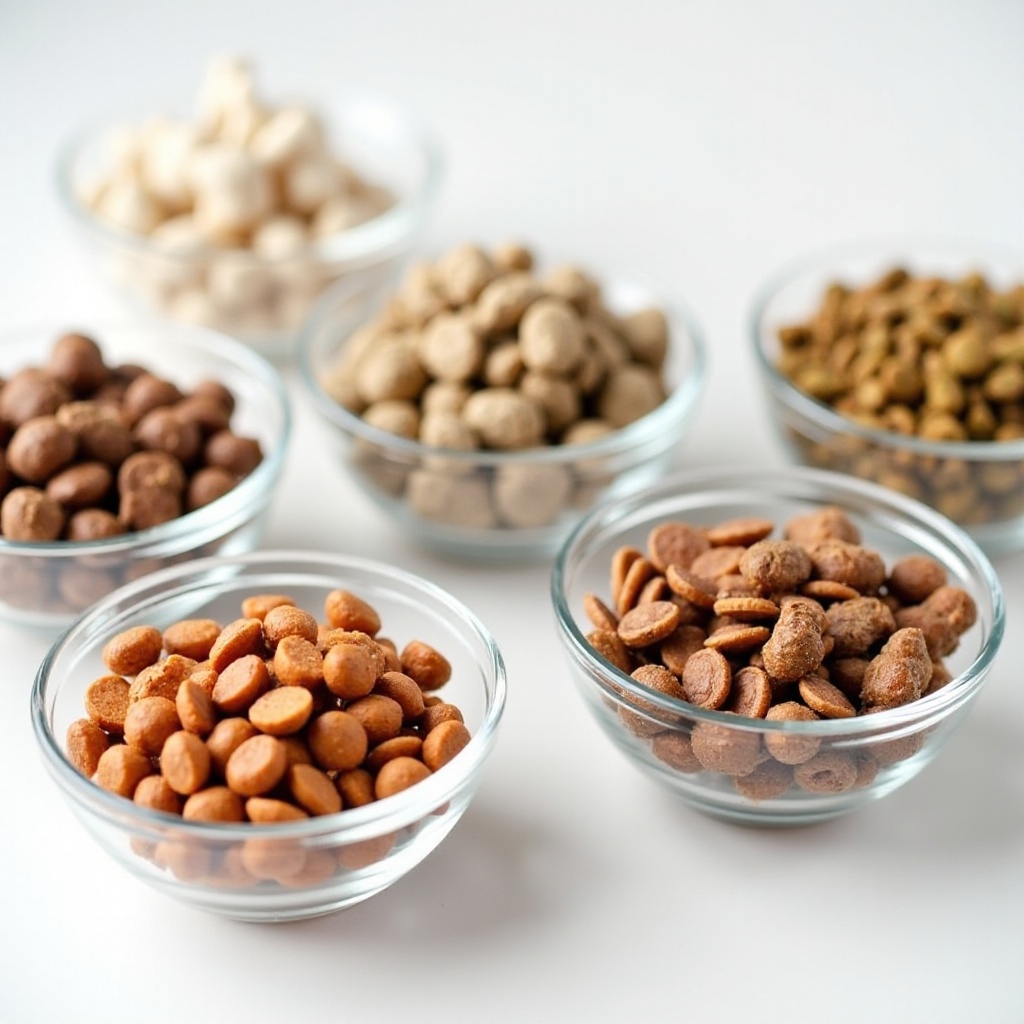Introduction
Ash content in dog food may not be the first thing pet owners think about when selecting the best diet for their furry friends, but it is a crucial component. Understanding ash content can help you make informed decisions, ensuring your dog receives the optimal nutrients for health and well-being. This guide explores what ash content is, its nutritional role, common misconceptions, benefits, potential risks, and how to choose the best dog food according to ash content levels.

What is Ash Content in Dog Food?
Ash content in dog food refers to the inorganic residue remaining after the organic matter is burned away at high temperatures. This process leaves behind mineral elements such as calcium, phosphorus, potassium, magnesium, and trace minerals that are vital for a dog’s health. Essentially, ash content measures the total mineral content in the food.
Determining ash content involves incinerating the food at approximately 550ºC (1022ºF) until it becomes ash, which can then be weighed. The percentage of the ash compared to the original sample gives the ash content. While it might sound like an unnecessary detail, understanding this measure can illuminate the value of the food you are providing for your dog.
The Nutritional Role of Ash Content
The ash content, mainly consisting of essential minerals, contributes significantly to various bodily functions for dogs. Here’s a breakdown of its nutritional roles:
- Bone Health: Minerals such as calcium and phosphorus found in ash are vital for the development and maintenance of strong bones and teeth.
- Metabolic Functions: Magnesium, another critical component, plays a role in numerous metabolic reactions, including energy production and muscle contraction.
- Nerve Function: Potassium within ash is essential for proper nerve function, aiding in the transmission of nerve impulses.
- Immune System Support: Trace minerals like zinc enhance the immune system, aiding in disease resistance and recovery from illness.
Therefore, while ash might sound undesirable, the minerals it represents are indispensable for a dog’s health. Understanding its role helps in evaluating the nutritional quality of dog food.

Common Misconceptions About Ash Content
There’s a fair amount of confusion surrounding ash content, leading to several misconceptions:
- Higher Ash Means Poor Quality: Many believe that high ash content equates to poor-quality food; however, this isn’t necessarily true. High ash content could indicate a high level of beneficial minerals.
- Ash Equals Unwanted Additives: Another myth is that ash represents filler or additives. Actually, these are naturally occurring minerals from ingredients like meat and bone meal.
- Ash Causes Health Problems: Some pet owners think ash content directly causes health issues. While excessive quantities can pose risks, moderate levels are crucial for health.
Understanding these misconceptions can aid in making more informed choices, as ash content is not inherently negative for your dog’s diet.
Benefits of Appropriate Ash Content Levels
Identifying the correct levels of ash content in dog food can provide several benefits:
- Balanced Nutrition: Proper ash content ensures that dogs receive important minerals needed for a balanced diet, supporting everything from skeletal health to metabolic functionality.
- Prevention of Deficiencies: Adequate ash levels help prevent mineral deficiencies that could lead to conditions like osteoporosis and muscle weakness.
- Supporting Growth and Development: For growing puppies, the minerals ensure adequate growth and proper development of the body and brain.
- Boosting Immune Function: Minerals included in the ash content support immune functions, promoting an overall healthier dog.
Risks of High Ash Content in Dog Food
While minerals are crucial, high ash content in dog food can present risks:
- Kidney Strain: Excessive minerals can strain the kidneys as they work harder to process and excrete the surplus.
- Urolithiasis: High mineral content, especially of phosphorus and magnesium, can lead to the formation of urinary stones.
- Gastrointestinal Issues: An overabundance of minerals might cause gastrointestinal problems like diarrhea or constipation in some dogs.
These potential risks emphasize the importance of monitoring ash content and ensuring it remains within a healthy range to avoid negative health impacts.

How to Choose Dog Food Based on Ash Content
Choosing the right dog food involves considering several factors, with ash content being an essential aspect. Here’s how to approach it:
- Check the Label: Most dog food brands list the ash content on their packaging. Look for this information to compare different foods.
- Consult Your Vet: Your veterinarian can provide guidance based on your dog’s specific health needs and lifestyle.
- Research Brands: Opt for reputable brands known for their high-quality ingredients and balanced mineral content.
- Understand Your Dog’s Needs: Active dogs or those with specific health concerns may require different mineral levels, making it crucial to choose a suitable food type.
Conclusion
Understanding ash content in dog food is crucial for ensuring your pet’s health and nutritional balance. By being informed about what ash content is, its importance, common misconceptions, and the associated benefits and risks, you can make better decisions about your dog’s diet. Collaborate with your vet and choose reputable brands to provide a balanced and healthy diet for your furry friend.
Frequently Asked Questions
Is high ash content bad for dogs?
Not necessarily. While very high ash content can lead to health problems, moderate levels are essential for providing necessary minerals.
What is the recommended ash content in dog food?
The recommended ash content typically ranges between 2-7% of the food’s weight. This range meets most dogs’ mineral needs without excessive intake.
How can I check the ash content in my dog’s food?
You can check the ash content by reading the nutritional information on the dog food package. It’s often listed among the guaranteed analysis section.
